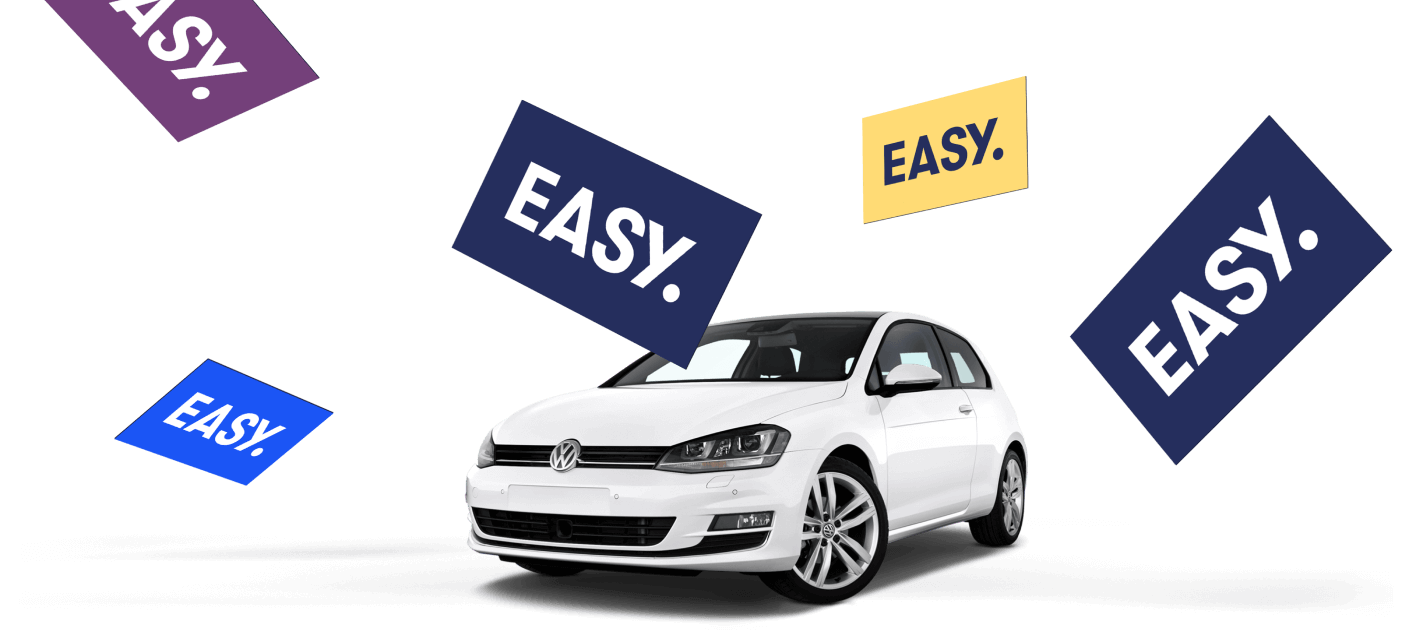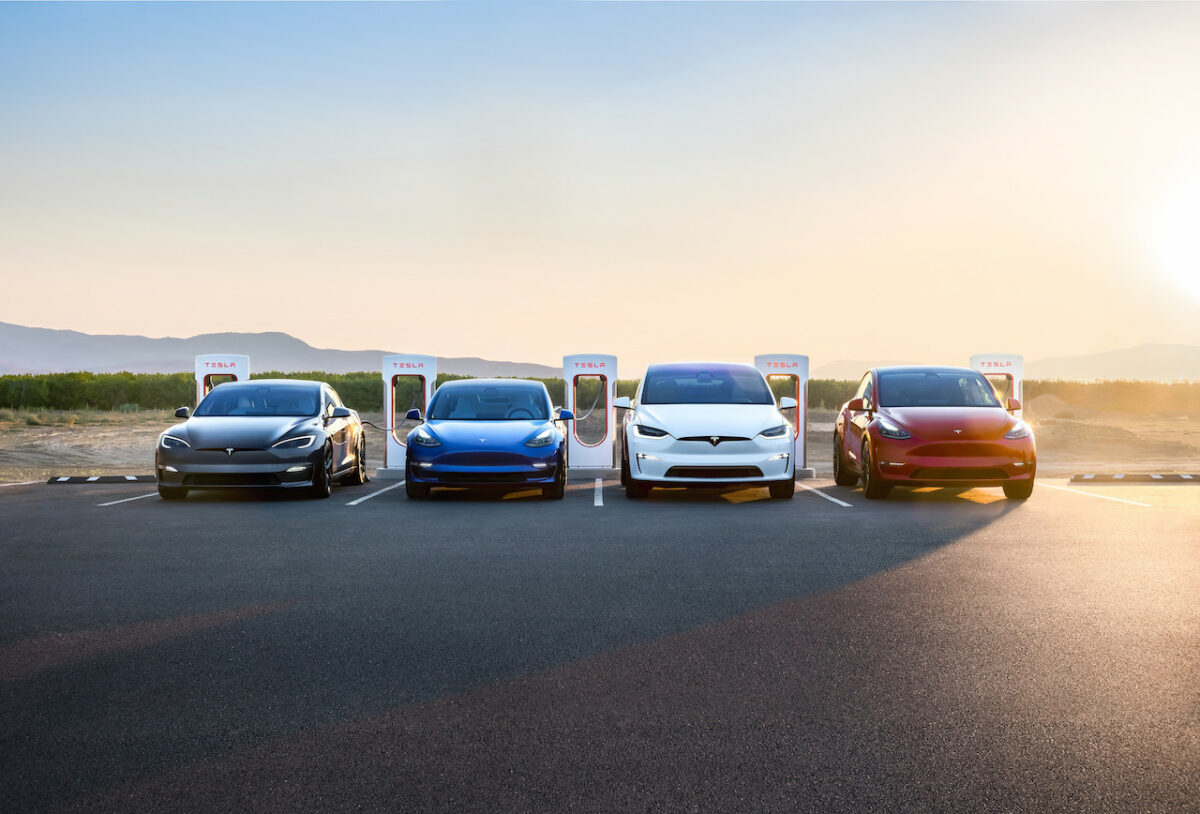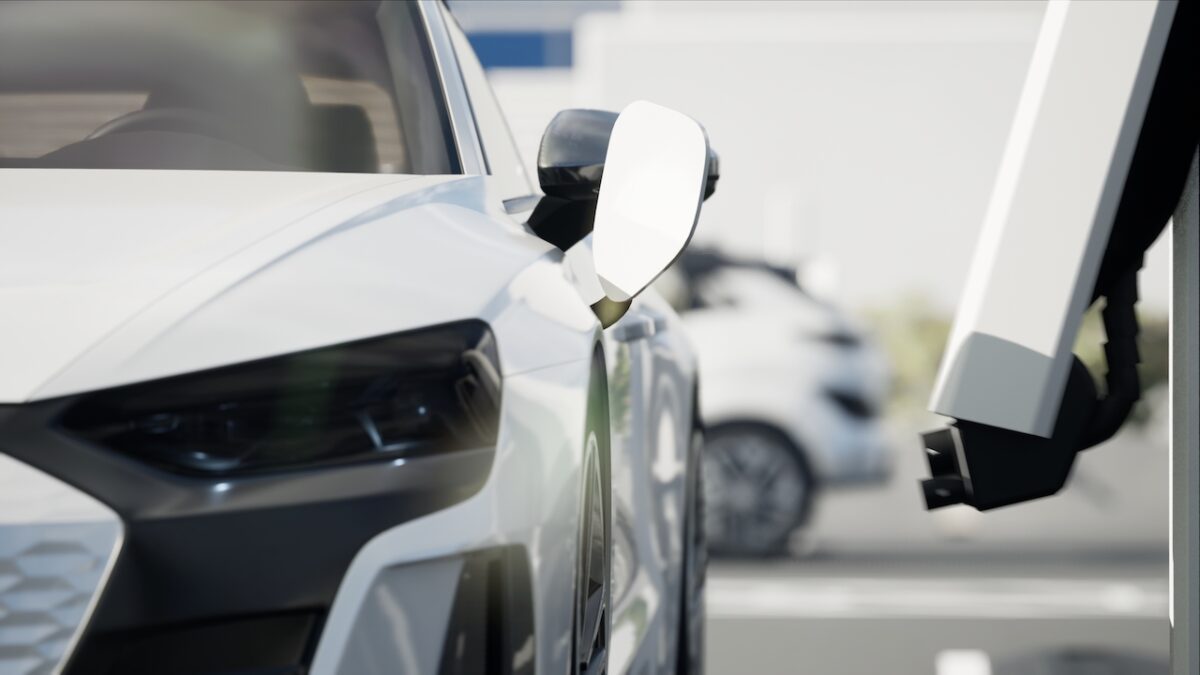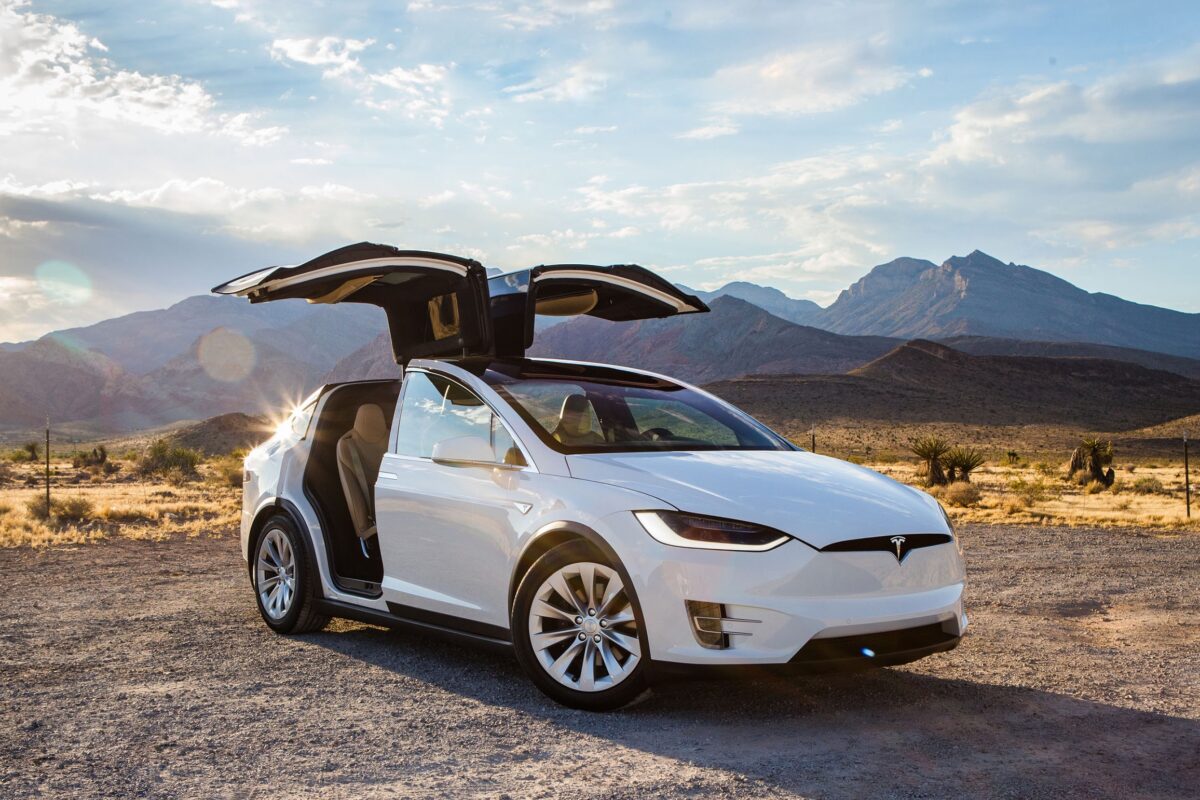Transportation is a market in flux, and high new and used car prices will combine with tech-based opportunities to shift mobility as a service (MaaS) into high gear over the next two years. Here’s how the current trends in mobility will play out and how individuals and organisation can take advantage.
Where are all the chips?
The most recent and acute pressure on the market comes from the ongoing chip shortage, a complex situation resulting from pandemic-related supply chain disruptions and unprecedented demand, especially among the latest models of vehicles. A new GM pick-up might need dozens of chips to run everything from its engine timings to the cellular connection and GPS to the increasingly complex infotainment system—and missing even one or two means it can’t ship. That’s why thousands of them are sitting in lots waiting to be completed.
This, among other things, has pushed consumers towards used cars, clearing out inventories and driving up prices. Even rental car agencies are running out of stock. Part of this is due to the higher proportion of online listings and sales. The more dealers sign on to fully digital processes, the more people access the inventory and the faster it disappears.
But as inconvenient as this is, new, used, and rental are decades-old paradigms. What’s truly going to produce change is embracing the wealth of other services and vehicle types that the last few years have made available.
Non-traditional powertrain, non-traditional ownership
The closest to the old regime is the new crop of electric vehicles (EVs). Demand is rising for EVs as range anxiety is alleviated by improved efficiency and the proliferation of charging stations, some mandated by local governments. If the chip shortage doesn’t end, however, these models too will eventually be unable to keep up with demand. But as long as manufacturers can provide for it, growth will only accelerate.
MaaS platforms globally are tending towards ‘superapp’ status
EVs and other energy-intensive infrastructure may soon prompt investment in green hydrogen production and distribution methods as demand for industrial scale battery arrays rises. Lithium-ion simply isn’t an option when you’re storing gigawatt-hours, so next-generation energy storage is ready to take off.
New means of circumventing traditional ownership models, however, will see the greatest growth of all in the next few years. Car subscriptions will be a major part of that. Somewhere between gig cars and leases, this new model focuses on convenience and simplicity, with no need for loans, dealers, or any other tedious aspects of the car-buying process. For a monthly fee a person can have a new car with insurance, maintenance, roadside assistance and more built in. The increased cost per month versus other means is more than offset for these people by how easily they can stop and start the service: all the benefits of car ownership, none of the downsides, on a practically month by month basis. Think of it as car ownership as a service. Subscriptions will soon count for some 15% of new car sales (if sales is the right term), and is projected to grow to 25% by 2025. That is, if no newer, even more convenient method supersedes it by then.
Type, tap, and go
For those opting not to have a car of their own, options are thick on the ground. MaaS platforms globally are tending towards ‘superapp’ status, meaning the same app where you check the bus route is the one where you pay your fare, then snag a by-the-minute car near your destination or perhaps a scooter or electric bike.

Again, ease of use is the theme here: the goal ultimately is for the user to be able to put in a destination and pay the cost, and have every aspect of the trip worked out automatically regardless of platform.
Car rental beyond the traditional model is being pursued in both centralised (as with Avis and Zipcar) and decentralised (as with Turo and Getaround) versions with a two-sided market attractive to both owners and renters. These accommodate all budgets and encourage use across a diverse set of circumstances.
These apps and services are being supercharged by improvements to mapping, real-time locations of things like gig cars and public transit, and partnerships with municipalities. They will only grow in importance, though which app in particular will reign supreme is still very much in the air. Uber and Lyft had a head start on traditional ride-share, especially in the US, but that does little to deter strong competitors with more forward-thinking offerings, like BlaBlaCar in Europe. These iterate on the Uber model by integrating more transport modalities, providing a broader and more appealing mobility platform.
One last interesting result of these trends is the imminent replacement of things like company cars and even shuttles by monthly transportation allowances built right into the MaaS superapps. If a company can slim down its budget a bit by not operating a fleet, it will —and many employees may very well prefer to have a more flexible method of getting around.
It is far from settled exactly how money, whether it’s bus fare or a weekend in a peer-to-peer rental, should make its way from one wallet to another—and who gets to skim a little off the top in the process
Opening the silos
The main barrier to these is not their execution but pieces still out of their control: data sources and payments. For data, the locations of resources like cars and scooters is valuable and may not be shared with others in order to lock users to a given app. And city governments may not have the APIs to provide the level of real-time location information needed by these services. The trend is towards more data being available, but it’s not yet universally shared by a long shot.
Lastly, it’s far from settled exactly how money, whether it’s bus fare or a weekend in a peer-to-peer rental, should make its way from one wallet to another—and who gets to skim a little off the top in the process. The industry may well await regulation on these fronts before moving forward.
Simplicity and convenience are the consumer priorities over the next few years, and the mobility market will shift to accommodate it. It doesn’t mean no one will look for bargains or that traditional sales will decrease, but the way they happen and how exactly people perceive savings is changing with the times. And it’s a major opportunity for anyone ready to change with them.
About the author: Michel Taride is Partner at global investment bank Drake Star and the former Group President of Hertz International



